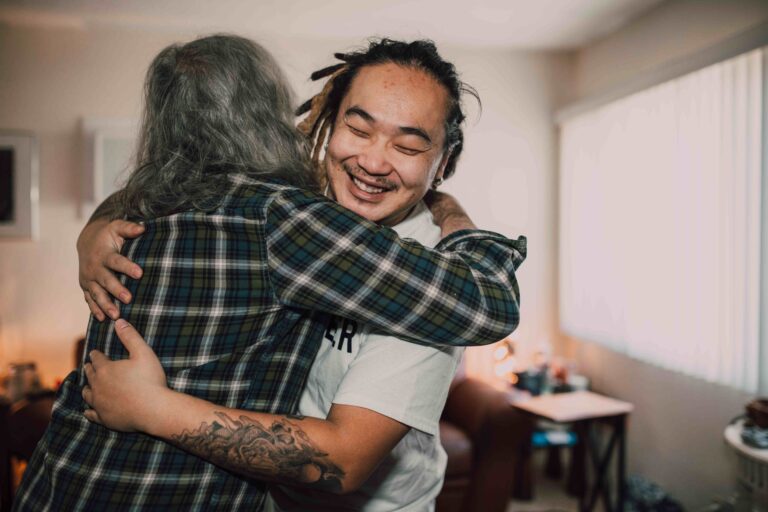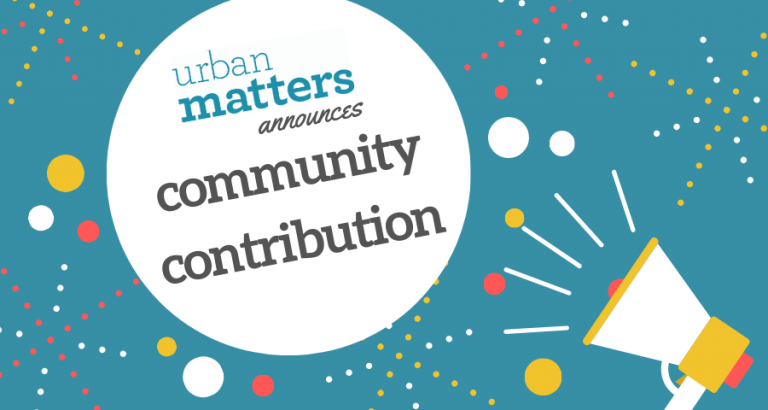25 April 2017
From Academic Ideas to Community Outcomes – Accelerating Impact through Social Enterprise
Academic institutions are a treasure chest of opportunity as they host some of the brightest and most creative minds in our communities – people who have the ability to focus, research, analyze and connect the dots on some of the most complex, systemic issues faced by communities. Climate change, inclusion, gender equity, poverty, and the economics of urban affordability – these are just some of the tough issues that academics and student teams work on, often in partnership with community organizations. Hypotheses are developed and viable solutions are tested on the ground with preliminary results often pointing to encouraging outcomes. Further research is cited, potentially attracting funding, and often leading to even more encouraging outcomes. This can be a really useful and impactful cycle, and we believe that academic institutions are generating an incredible wealth of solutions to complex community challenges. Too often, though, these research efforts don’t translate to sustainable and scalable change at the community level – at least not as quickly as we would like.
An example, the Aboriginal Water Health Project – an initiative of UBC’s applied sciences and chemical and biological engineering programs – paired students and researchers with First Nation communities whose water systems condition range from excellent to poor. The goal was to draw on community involvement and education to improve on-reserve water systems and empower First Nations to play a more active role in solving local issues. The project was an incredible example of university teams partnering with community actors. However, three years after the project, concrete examples of scalable and sustained implementation of the water solutions they developed is limited, and many First Nations still struggle with challenging drinking water circumstances. Why?
This leads us to wonder: How can we improve the success rate of converting academically generated ideas and solutions to sustainable community outcomes and impact? What’s causing the ‘idea to outcome’ gap and how can we begin to bridge it?
Despite all of the upside potential and the best of intentions, academic/community partnerships can be fraught with challenges. Even though community-based research projects are sought after as enriching experiences for students and community partners alike, a variety of factors can limit the efficacy of these research partnerships in driving sustainable community change. Based on our experience, some of these factors include:
- Academic Calendars: Most academic projects are restricted to a two year window (at best) and more often occur within a 4 or 8 month timeframe. A race in most community organizations, these time constraints can limit the application of design thinking principles which require the pivoting of solutions to effectively respond to community needs. Truly revolutionary ideas can be risky and cannot be rushed. Embarking on a change journey requires trusting relationships and well-connected community networks – connections that often take more than semester to nurture and grow.
- Community Capacity: Sometimes those communities most in need often have low capacity to support an academic pilot, and can lack the logistical, human or financial capacity to support an academic team or benefit from an institution’s resources. In a successful partnership, all actors must be able to contribute fulsomely to the research objectives.
- Academic Journals vs. Grey Literature: Academic institutions, and the professors that serve them, function within a system that demands published research. Although peer reviewed articles grow the body of knowledge accessed by other academics, these publications offer less value to the communities meant to be served by this research. Community practitioners often prefer to read grey literature that uses more accessible language. The ‘language barrier’ applies to community organizations as well – what front line workers have time or capacity to troll the academic journals in search of the latest social innovation ideas?
How can community research partnerships be strengthened and these challenges minimized? We think there is a new intermediary role emerging: the community translator.
A community translator is firmly rooted within the ecosystem that the research partnership aims to serve. Before, after, and during the research project– the community translator maintains a constant presence. They have relationships with all actors within the system: those most in need, the organizations serving the needs, local politicians, civic administration, and key support services. The community translator knows who’s who and can link institutions with the right people to test their ideas.
What happens when an academic project ends? Huge potential or not, we know these ideas can’t easily be scaled or translated into lasting community impact by the academic institution alone. Often missing in the equation are factors related to organizational governance and sustainable revenue. Armed with local knowledge and connections, a community translator can apply a sustainability lens to the research solutions and sweat the nitty gritty details that can help to instill permanence.
Want to ensure your academic work has a legacy of community impact? Here are a few actions that can start to bridge the gap:
- Build knowledge transfer agents/intermediary organizations (i.e. community translators) into funding applications. Doing so can help to translate your research into community action that can be sustained well past your ability to remain directly connected to the community.
- Design pilot projects that utilize the resources of the community you are working with. This means engaging knowledge transfer organizations in your idea and design thinking, and creating space for the pilot to consider implementation and scalability factors such as organizational governance, sustainable revenue, local government regulations etc.
- Leave time and room to publish learnings using community language as well as academic language. Be it via social media, blog posts, or simple, plain language reports, simplifying the research findings can help community organizations to interpret and work with your ideas and learnings.
At Urban Matters we think community translators may be the missing link between academic ideas and scalable community outcomes. What do you think?
Categories:
Social Enterprise




